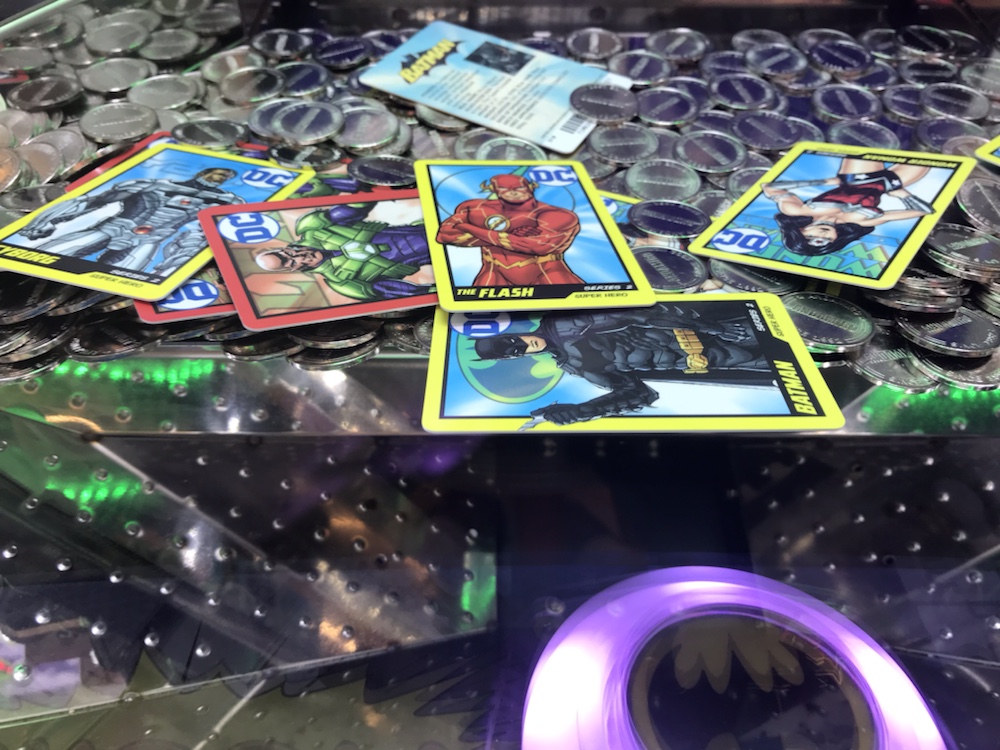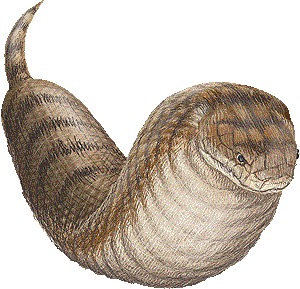I went and saw Aquaman yesterday, at an impressively early 9:30 am screening. I momentarily baulked at the ticket price…

But then remembered that the film was going to be awesome and couldn’t throw my cash at the attendant fast enough!

The cinema was crazy big. I dutifully sat in my assigned seat (N-16) and when the projector started I was the only person in there! But then I noticed the first half hour or so were just adverts (including many social engineering PSA’s: exercise more, don’t stay in the sun, start a savings account, etc.) and sure enough the locals knowledgeable about such things shuffled in just before the main show.

Aquaman is about a fish-powered dude that fights a lot and seems to wish he was actually a professional wrestler. I’m not going to spoil the overall plot here but I’ll say it starts off strong and within minutes I was intrigued:

Aquaman’s powers are a cross between Superman and Yoda and are frankly absurd (why is he bulletproof?!?) but you won’t question them because after the crazy start the film quickly evolves into madness and then ascends into bonkers territory.
This was my face during the political scene between the aryan riding the zeuglodon and the Viking riding the dragon:

And then when they introduced a pretty redhead fish girl and the film briefly stopped being about fish and became Indiana Jones meets Jurassic Park I was slackjawed.
This was my face when the murlocs (from World of Warcraft) turned up:

But it wasn’t even close to done! When a futuristic city sequence that makes Blade Runner look like the scribblings of a child was followed by a space battle that featured not one, not 1000, not 1000000, but every fish I was just roaring at the screen with joy:

There’s much to love about the film. Its visuals and design are astonishing, its script unfettered by tradition, its actors unconstrained by expectation and it’s easily got the best depiction of cetacean armies fighting a billion crabs that have ever been printed to celluloid.
It makes you feel every emotion, from love to hate to glee and yes, to terror. It’s unfettered fun, and easily gets my highest recommendation. Best fish war film ever by a mile.
Immediately afterwards I languidly strolled over to the Game Center and found a coin-pusher machine:

I was so full of DC comics appreciation I had to win a card, and quickly targeted this Batman that was right at the edge:

As you can see it was about to drop! So close in fact that a shift of only one atom would have caused it to fall…
…
…it only cost me $25 to ‘win’ it 🙂











